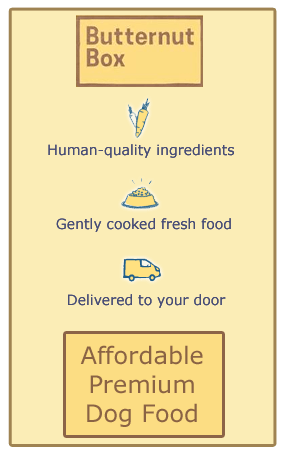Welcoming a puppy into your home is an exciting adventure filled with joy, laughter, and lots of cuddles.
However, alongside the excitement, new puppy parents often find themselves facing the challenge of understanding their furry companions.
One of the greatest tools you have for navigating this journey is your puppy’s vocalisations.
PUPPY’S VOCALISATION’S
Each sound they make can tell you a lot about their mood and needs.
By learning to interpret these vocal cues, you can foster a deeper bond with your puppy and ensure their emotional well-being.
THE LANGUAGE OF BARKING
Barking is one of the most common ways your puppy will communicate, but it’s essential to recognize that not all barks are created equal.
The context and tone can provide critical insights into your puppy’s feelings:
1. Excitement and Playfulness:
Short, high-pitched barks often indicate that your puppy is excited—perhaps because they are ready to play or have spotted something intriguing.
This type of vocalization is a good sign that your puppy is feeling happy and enthusiastic.
2. Alertness or Warning:
A deeper, more persistent bark may signal that your puppy is warning you about something they perceive as a threat.
This could be a stranger approaching your house or another animal entering their territory.
It’s important to assess the situation to understand if their concern is justified.
3. Fear or Anxiety:
If barking becomes high-pitched and continuous, it may signal fear or anxiety.
This might happen during thunderstorms, fireworks, or when they’re left alone.
In such cases, soothing your puppy and providing a safe space can help alleviate their distress.
WHINING FOR ATTENTION
Whining is another vocalization that often signals various emotions.
When puppies whine, they usually seek attention or express discomfort.
1. Wanting Interaction:
If your puppy whines when they want to play or be petted, it indicates they’re looking for interaction.
Responding to this behavior with some quality time can help reinforce your bond.
2. Discomfort or Need:
Whining may also be a sign that your puppy needs to go outside, is hungry, or is feeling unwell.
It’s crucial to evaluate the situation and provide the necessary care.
3. Anxiety:
If your puppy whines persistently when left alone, it could indicate separation anxiety.
In such cases, gradually increasing the time you spend away from them can help them adjust to being alone.
GROWLING: A WARNING OR A GAME? GROWLING IS OFTEN MISUNDERSTOOD
It can indicate various feelings based on the context in which it occurs:
1. Playful Growling:
During play, a growl can signal excitement and enthusiasm as they engage with their toys or playmates.
Typically, this type of growling is accompanied by a wagging tail and relaxed body language.
2. Warning Signal:
However, if your puppy growls when approached while eating or playing with a toy, it indicates discomfort or a desire to protect something valuable.
In such cases, it’s essential to respect their space and gradually teach them appropriate behaviors around food and toys.
HOWLING
A Link to Their Instincts Howling is a vocal cue that can be tied to your puppy’s instinctual nature.
Many breeds, such as hounds, have a strong inclination to howl, and this sound can serve multiple purposes.
1. Communication:
Howling may be used to communicate with other dogs over distances, especially if they respond to another howling sound.
This can be a way for your puppy to express their playful nature or connect with their “pack.”
2. Loneliness:
A lonely howl might occur when your puppy feels isolated, especially if they are left alone for extended periods.
Providing them with comfort items like a blanket or a favorite toy can help ease their anxiety.
SIGHING AND OTHER SOUNDS
Puppies also make a variety of other sounds, like sighs, which can convey relaxation or contentment.
A deep sigh might indicate that your puppy is comfortable and happy, perhaps after a play session or a good meal.
On the contrary, huffs or snorts can signal impatience or frustration, particularly when they’re waiting for something fun to happen.
CONCLUSION
Understanding your puppy’s vocal cues is essential for nurturing their emotional health and strengthening your bond.
By paying attention to the nuances of their barks, whines, growls, and howls, you can respond appropriately to their needs and feelings.
Coupled with observing their body language, you’ll be better equipped to create a supportive environment that promotes happiness and well-being for your furry friend.
As you learn to communicate effectively with your puppy, you’ll find that the journey of pet parenthood becomes even more rewarding and fulfilling.
Embrace their unique sounds, and you’ll foster a lifelong companionship that fills your life with love and joy.








